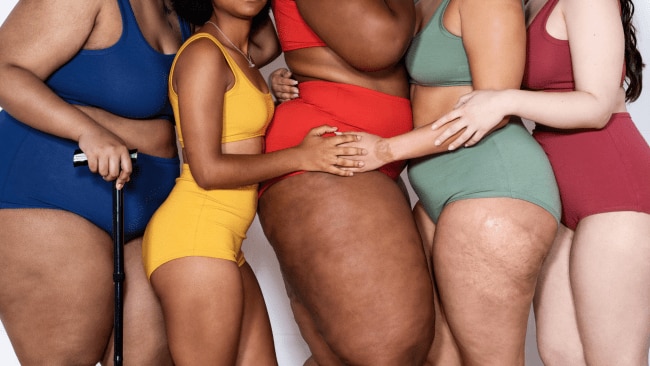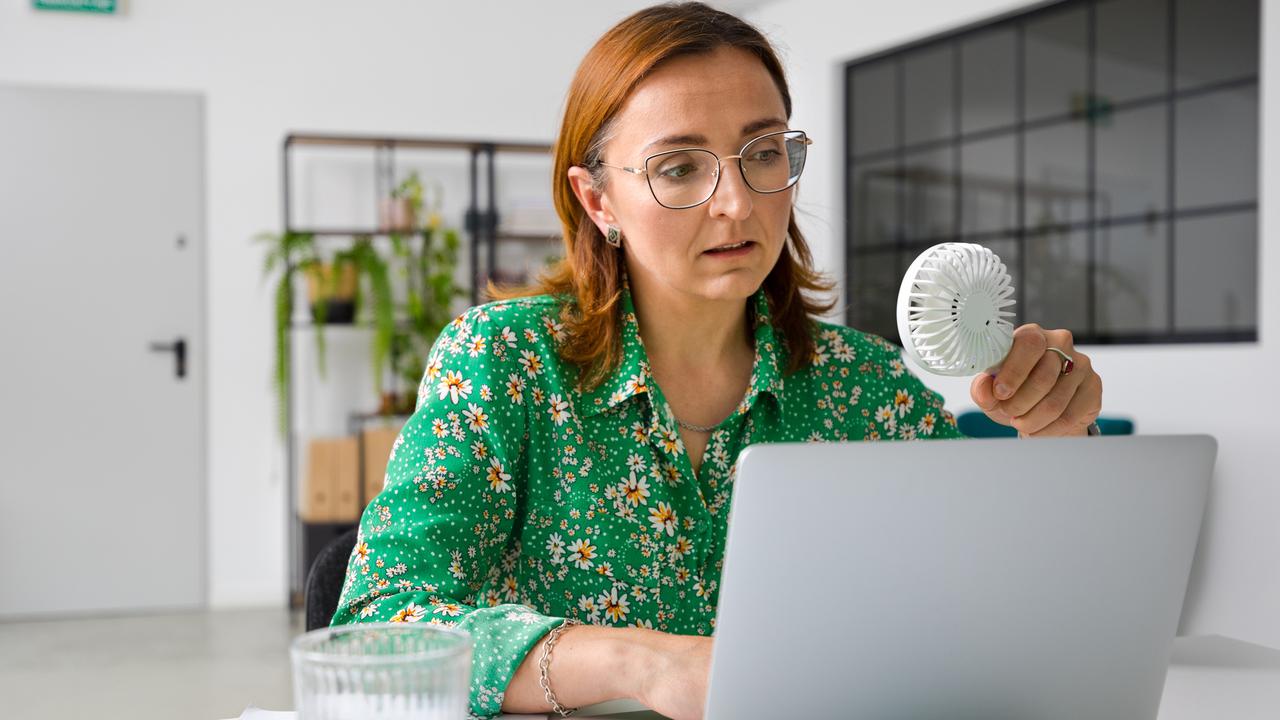Why conquering perimenopause is the next big health revolution
It's time to conquer our hormones.

Menopause
Don't miss out on the headlines from Menopause. Followed categories will be added to My News.
It’s the biggest shift in generations. Now in the prime of their lives, a growing group of smart, switched-on women is demanding change… and big business is heeding the call.
A few weeks ago, a group of doctors, leaders and politicians came together in a nondescript meeting room in Parliament House, Canberra. On the agenda? Hot flushes, heavy bleeding, brain fog and falling oestrogen levels. Yep, it was the first ever parliamentary round table on perimenopause and menopause.
Six key speakers and other advocates urged a room full of pollies to devise a national action plan to support the one in seven Australians – three million women aged 40 to 59 years – potentially going through menopause right now.
Menopause is, in case you haven’t heard, the hormonally erratic end of a woman’s menstrual years. (Perimenopause is the lead-up to her final period.) Caused by dramatic drops in the hormones oestrogen and progesterone, symptoms can affect a woman’s quality of life, career, relationships and mental health.
Like what you see? Sign up to our bodyandsoul.com.au newsletter for more stories like this.
“The menopause round table was really a landmark thing,” says speaker Dr Kelly Teagle, founder of WellFemme, a telehealth service for menopausal women. “It was the first time that an amazing consortium of menopause experts in Australia lobbied parliament. It was uplifting to look around the room and see top clinicians, researchers and movers and shakers in the menopause space all in the same room, singing the same song.” Co-chair Peta Murphy, the MP for Dunkley in Victoria, said it was the best presentation that she’d witnessed in parliament. Dr Mike Freelander, MP for Macarthur in NSW, also gave the meeting a glowing review.
Outside the hallowed halls of government, the women who graced gen-X’s favourite magazines and movies as teens in the 1990s are also shining a light, or a beacon, on ‘the pause’. They’re now in their 50s and thriving – not just surviving – in perimenopause.
Remember when a young Naomi Watts was caught stealing her boyfriend’s jeans in a Libra Fleur ad? Today, the revered actor is the founder and chief creative officer of Stripes, wellness products for menopausal women. Former model Alison Brahe-Daddo was once the Dolly magazine cover girl we all wanted to be. Now, she’s a podcaster and the author of Queen Menopause: Finding Your Majesty in the Mayhem.
Twenty years ago, Gwyneth Paltrow slayed on the silver screen and inspired us all to cut our hair, read Shakespeare and get a grungy boyfriend. These days she inspires us to pop supplements for perimenopause via her controversial lifestyle brand, Goop. The same celebs that helped many of us navigate our adolescence are doing it again, just in midlife.
And they’ve tapped into a growing movement of smart, switched-on women in the prime of their lives and earning power. Women in their 40s and 50s don’t want to suffer in silence through ‘the change of life’ like their mothers and grandmothers did. Nor do they appreciate the pop-culture archetype of the menopausal woman comically fanning herself during a hot flush.
Today’s grown-ass women want to control the menopause narrative. They want knowledge, solutions and to be heard. And they will not go quietly into ‘middle age’. “Gen X women are the most educated and empowered generation to come to menopause, ever,” says Dr Ginni Mansberg, women’s health GP and author of The M Word: How to Thrive in Menopause. “We should be taken a lot more seriously.”
The wellness industry appears to be listening. Women are being touted peri-friendly products from lubricants for menopause-induced vaginal dryness to ‘happy’ herbs promising to ease mood swings. Menopause symptom-tracking apps harnessing artificial intelligence are emerging, and health retreats for perimenopausal women are giving cruising a run for its money. There’s even a fragrance inspired by midlife hormonal flux called Pause (the perfumer’s first name is Fanny). It’s little wonder the menopause market is projected to be worth $897 billion by 2025.
“We certainly have purchasing power. I don’t think enough brands have worked out that 50-year-old women outspend 30-year-old women three to one in nearly everything,” says Dr Mansberg. “We’re good consumers.”
Some products are backed by science, others sound dubious. (How about a vibrator-like LED light that claims to tighten the vagina and increase natural lubrication?) At least women are finally being offered remedies for their menopause symptoms. For a long time, the conventional wisdom was to just ‘suck it up’.
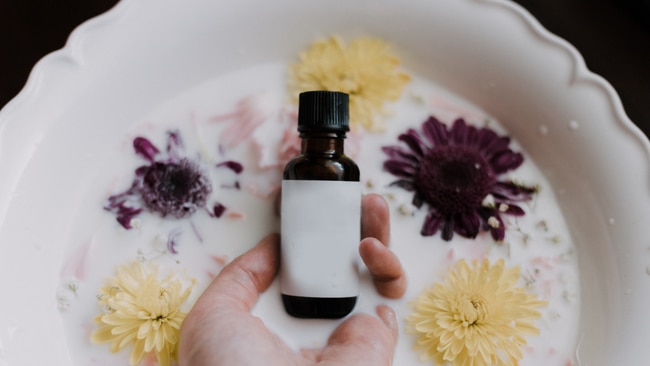
The perimenopausal roller-coaster
But first, a few facts. Eighty per cent of women will experience menopausal symptoms, and more than one in three of those will have the severe kind that impacts their daily life and mental wellbeing. Perimenopause – the littleknown stage only now moving into the media spotlight and the national conversation – is often more distressing and confusing than menopause.
So what exactly is it? A growing group of women around the world are asking exactly the same thing. The Australasian Menopause Society (AMS) defines perimenopause as the time menopause symptoms start until 12 months after the last menstrual period. (A woman is officially in menopause once 12 months have passed since her last period.) Peri can last, on average, four to eight years. That’s longer than most Kardashian romances.
The list of peri symptoms can include – are you ready? – irregular menstrual cycles, heavy bleeding, headaches, breast swelling and tenderness, mood swings, anxiety and depression, memory difficulties, crawling sensations under the skin, muscle and joint pain, poor sleep, reduced libido and weight gain, particularly around the waistline. Sheesh.
“The reason the symptoms can be worse in perimenopause, is that in post-menopause your oestrogen level is pervasively low and your progesterone is zero, but it’s flatline stable,” explains Teagle. “When you’re in perimenopause, you’re ovulating erratically and infrequently. At times, women are going to be very high in oestrogen; at other times, it’s going to be falling dramatically. That can impact sleep, flushes, mood, migraines, you name it. All of a sudden, it’s hormonal chaos.”
Many women, including our mate Naomi Watts, are totally unprepared for peri when it sneaks up on them. “Every woman will go through perimenopause, but I think most of the population isn’t aware of it,” says Sonya Lovell, a personal trainer and host of the podcast, Dear Menopause. Lovell went through medically induced menopause when she was diagnosed with breast cancer in her 40s. “I was in my perimenopausal years, but I had no idea. Nobody was talking about it. I’d never even heard of the term ‘perimenopause’. I was completely blindsided by it.”
About a year after being treated for cancer, Lovell experienced hot flushes – a feeling of heat that usually starts in the chest and spreads to the neck and head, lasting up to a few minutes – as well as significant memory problems. So, she did a little digging and realised she was perimenopausal. But not before her GP suggested they monitor her for early-onset Alzheimer’s. “I got really scared; I’d just survived cancer,” recalls Lovell. “That was what set me off on the path to do my own research. Then I was like, ‘Hang on, this is peri!’”
Pressing pause on symptoms
Being a fitness professional and straight-A student, Lovell studied up on menopause and made lifestyle tweaks to counter her symptoms. She switched to low-intensity, low-stress exercise – “In perimenopause we’re already prone to elevated cortisol levels, the stress hormone,” she explains – and stopped drinking alcohol, since she noticed her night sweats (the nocturnal version of hot flushes) were worse after a wine or two. Lovell increased her protein intake, which she says also improved her sleep.
One solution not at her disposal was menopausal hormone therapy (MHT), formerly known as hormone replacement therapy (HRT), which, according to the AMS, is the most effective way to reduce menopause symptoms. Because it contains oestrogen, MHT isn’t suitable for women like Lovell who’ve had a hormone-sensitive cancer such as breast cancer. For almost everybody else, low-dose MHT is safe to use for as long as they need it. (Note: MHT hasn’t been approved for use in perimenopausal women by the TGA, where it would probably do a lot of good, but doctors can prescribe it for “off-label use” in these women, explains Dr Teagle.)
MHT, which covers a range of hormonal treatments given via tablets, patches, gels or vaginal preparations, can even bolster a woman’s health. It can reduce her risk of diabetes, dementia and heart disease – since the drop in oestrogen during menopause increases the risk of these health issues. Research shows that MHT can also boost bone density, cutting the risk of spinal and hip fractures, on average, by 40 per cent.
“If a woman starts MHT at around the age of 50, for example, she’s helping to offset that drop in oestrogen,” says Dr Teagle. “You get these knock-on benefits. Her heart and bones are about a decade younger than they’d otherwise be because of the protective effect of the oestrogen. That moves with her for the rest of her life.” MHT is anti-ageing? Who knew? According to leading Melbourne psychiatrist, Professor Jayashi Kulkarni, MHT may be very effective at treating depression in perimenopause, too, which is common even for women who have never experienced it before midlife.
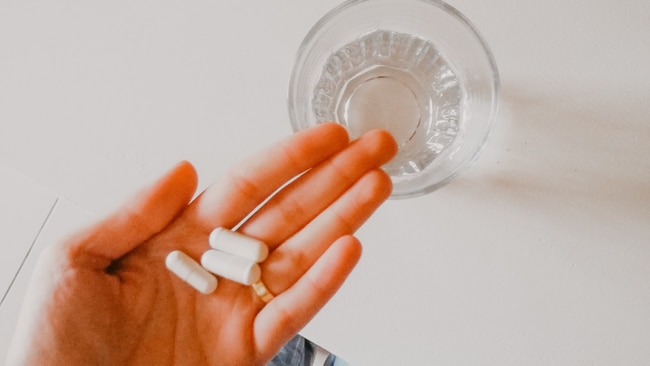
The times they are a-changin'
While MHT is considered the gold standard for treating menopause symptoms, there’s a host of non-hormonal solutions on the menu – with more to come. For example, a medication called fezolinetant is currently under review by the Food and Drug Administration (FDA) in the US. In one small trial, fezolinetant reduced hot flushes by 45 per cent in women who usually endured seven or more flushes daily. Some types of low-dose antidepressant, as well as epilepsy medications, have been shown to alleviate flushes and night sweats.
Wearable tech has come to the rescue, naturally, with the Embr Wave wristband offering instant cooling during a hot flush at the touch of a button. In a small study published in Behavioral Sleep Medicine, two-thirds of women reported that the temperature-controlling device improved their ‘thermal comfort’ and ability to go back to sleep after waking up in the night. Many women are using the Oura Ring, a health tracker worn on the finger, to monitor their menstrual cycle, temperature and sleep patterns during perimenopause, as well.
Vaginal dryness is a common menopause symptom, caused by the lack of oestrogen, which is partly responsible for lubricating the vagina. It can make sex very unsexy, and painful. If a woman isn’t down with low-dose oestrogen-based pessaries or cream prescribed for vaginal dryness, says Dr Mansberg, she can try a vaginal moisturiser containing hyaluronic acid. (Well, if HAs are good enough for your face...)
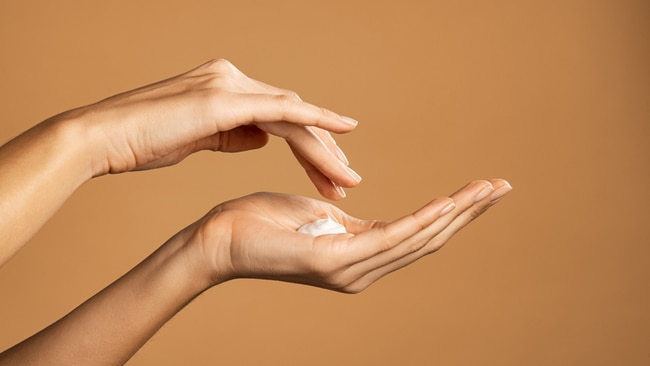
Dr Mansberg warns against the trending fractional carbon dioxide (CO2) laser treatment for vaginal symptoms of menopause – such as dryness, pain during sex, itchiness and urinary tract infections. The CO2 laser, traditionally used for skin conditions such as acne, wrinkles and scarring, removes outer layers of damaged skin to promote the growth of new skin. Suppliers claim that this treatment can alleviate vaginal symptoms, but a 12-month study led by the University of New South Wales found that laser treatment was no better than a placebo.
But the most ground-breaking development in the menopause space is arguably the tectonic attitude shift. Women want to talk about their symptoms – not just in hushed tones in the ladies’ bathroom, but at the office water cooler. And everyone is invited to join the conversation.
Which is why Dr Mansberg co-founded the Don’t Sweat It education course with journalist Shelly Horton. The self-proclaimed ‘peri-godmothers’ have designed workshops, webinars and tutorials for businesses to better support menopausal women in the workplace. Because women who don’t feel supported during what can be quite a tumultuous time in their life, often quit.
“You need older women in your organisation because they provide a perspective that’s really important. They can be mentors,” says Dr Mansberg. “It’s a bottom-line issue, as well. We know that eight per cent of these women resign, an additional 14 per cent go part time, and another eight per cent ask for a demotion. And then you’ve got to replace them. For those who stay, you don’t want their productivity to be affected.” Further to this, the Australian Institute of Superannuation Trustees estimates that menopause costs women more than $17 billion in lost earnings and superannuation.
Don’t Sweat It is venturing out of the boardroom soon, hosting an empowering peri-themed health retreat in the Whitsundays in June. Meanwhile, Lovell is inviting women to join her for an active retreat in Morocco later in the year. Google ‘menopause retreats’ and you’ll find countless more pampering and adventure packages for women who want to conquer their hormones. It almost makes peri sound fun.
And life is better on the other side of menopause, according to Lovell, who’s now proudly postmenopausal. “You become less worried about what other people think of you. Somebody said to me the other day, ‘God, you’re so confident.’ I wasn’t like this before menopause. You become braver.” Plus, your periods stop forever. Did we mention that?

Perimenopause power foods
Arm yourself with these game-changers.
Be a dairy queen
When your oestrogen levels are low during menopause, your body goes from needing 600 milligrams of calcium a day to 1300 a day, says Melbourne-based dietitian, Carla Johnson. Ensure you’re getting enough milk products in your diet, or milk alternatives that are fortified with calcium. “Nuts and legumes, such as kidney beans, chickpeas, soybeans, tofu and tempeh are good sources of calcium, too,” she says.
Adopt the Mediterranean diet
Want to kick that menopause can down the road? A study in the Current Opinion in Food Science journal reported an association between the Mediterranean diet and the delayed onset of menopause. While more research is needed, consuming extra-virgin olive oil, wholegrain cereals, nuts, legumes, vegetables, fish and fruits is good for you at any age. So eat up.
Ply yourself with protein
According to researchers at the University of Sydney’s Charles Perkins Centre, the body’s appetite for protein increases during perimenopause. If these needs aren’t met, women may overconsume other sources of energy, contributing to weight gain. Get your protein from eggs, fish, lean chicken and legumes, red meat once a week, advises Brisbane-based dietitian Desi Carlos.
Originally published as Why conquering perimenopause is the next big health revolution

